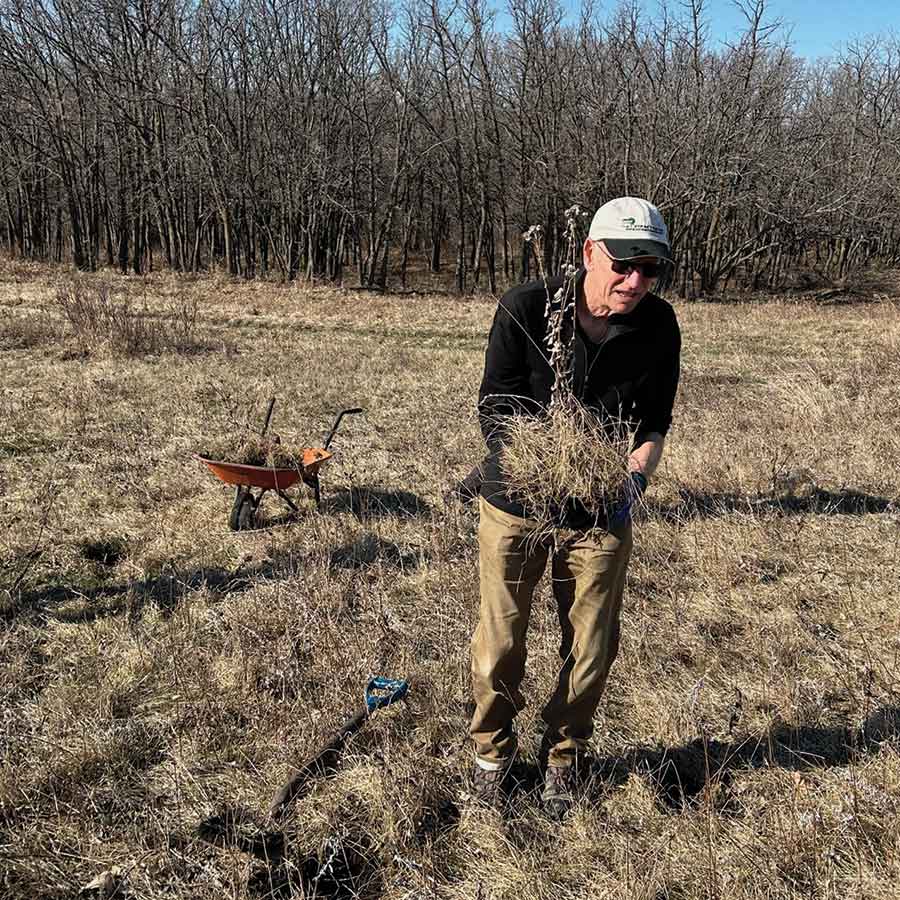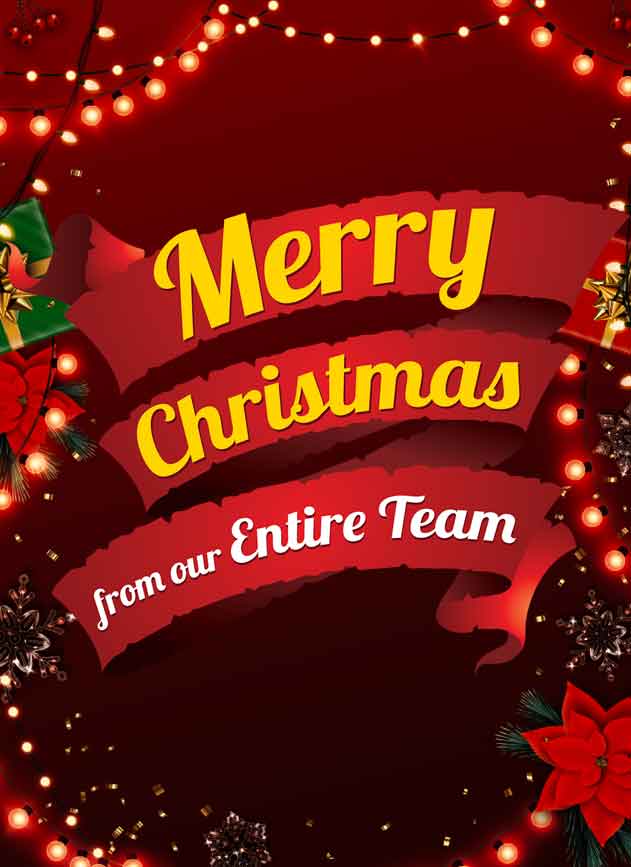A recent grassroots effort saw a group of volunteers rescue a valuable section of native prairie grassland and plants.
It started when they heard the Canadian Fossil Discovery Centre planned a new fossil dig site on a recently gifted piece of land northwest of Thornhill.
It was land that had never been cultivated, so group member Doug Kelso felt there should be an effort to save some of this native prairie. It was mentioned at a meeting of the Morden and District Horticulture Society, where it sparked interest.
Kelso spoke to museum staff about when they would be excavating and City of Morden parks staff on where the plants could be placed, and a site along the trail at Lake Minnewasta near where trees had been planted last fall was selected and prepared. Then a group of volunteers gathered April 25 to dig up and replant about 400 plugs of the native grassland and plants.
“We did a lot of work to get 400 plugs over that weekend … and there will be a lot of work to maintain what we have. It will take a lot of watering,” said Leanna Wiebe, who was among the group of volunteers.
She was motivated to get involved as she had done a land survey a few years earlier for a research project and was familiar with identification. She is also working on a project to encourage landowners to preserve native land on their properties in a land trust.
“Over a decade, I’ve been trying to learn as much as I can about the value of the Manitoba escarpment in our region,” said Wiebe, noting how it is part of the ancient shore of Lake Agassiz and is a significant land feature particularly known for being rich in fossils.
“It’s important today even because of the ecological value of the intact forest and grassland habitats,” she suggested. “It’s one of the few remaining areas in the region that would still have so much intact forest and native grasslands.”
Wiebe noted it is estimated that across the prairies the remaining amount of native prairie grassland has been reduced to just seven per cent.
“There’s just these tiny little pockets of these grasslands that are left here and there, and the escarpment here happens to have some of it, so that in itself makes it very significant and important.”
A number of people got involved to help make this project happen, such as Heather Harms, who has an interest in creating pollinator-friendly plantings around town and having naturalized areas around the lake, so she and staff staked out an area and mowed in preparation.
A group of people then met up and went out to the site, including Kelso, Wiebe, Gord Hamm, Rick Rempel, Hank Unrau, Margie Hildebrand, Carol Toews, and Phil Froese.
Some of those in the group were good at identifying the native species in their post-winter appearance, making getting a good mix of flowering plants possible.
Wiebe said they are hopeful that the grassland and plants will take well and perhaps even grow and expand.
“We’re hopeful that we could maybe add to it over the years and increase the area of natural habitat at the lake.”

